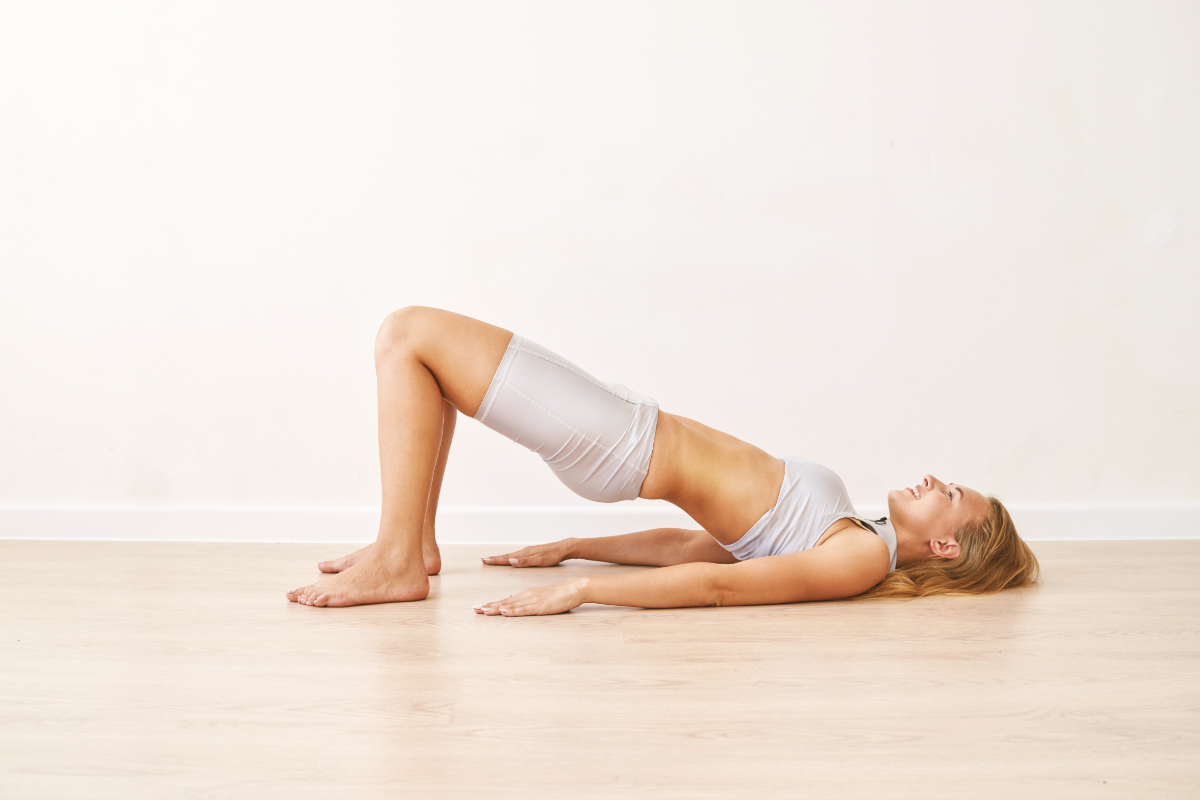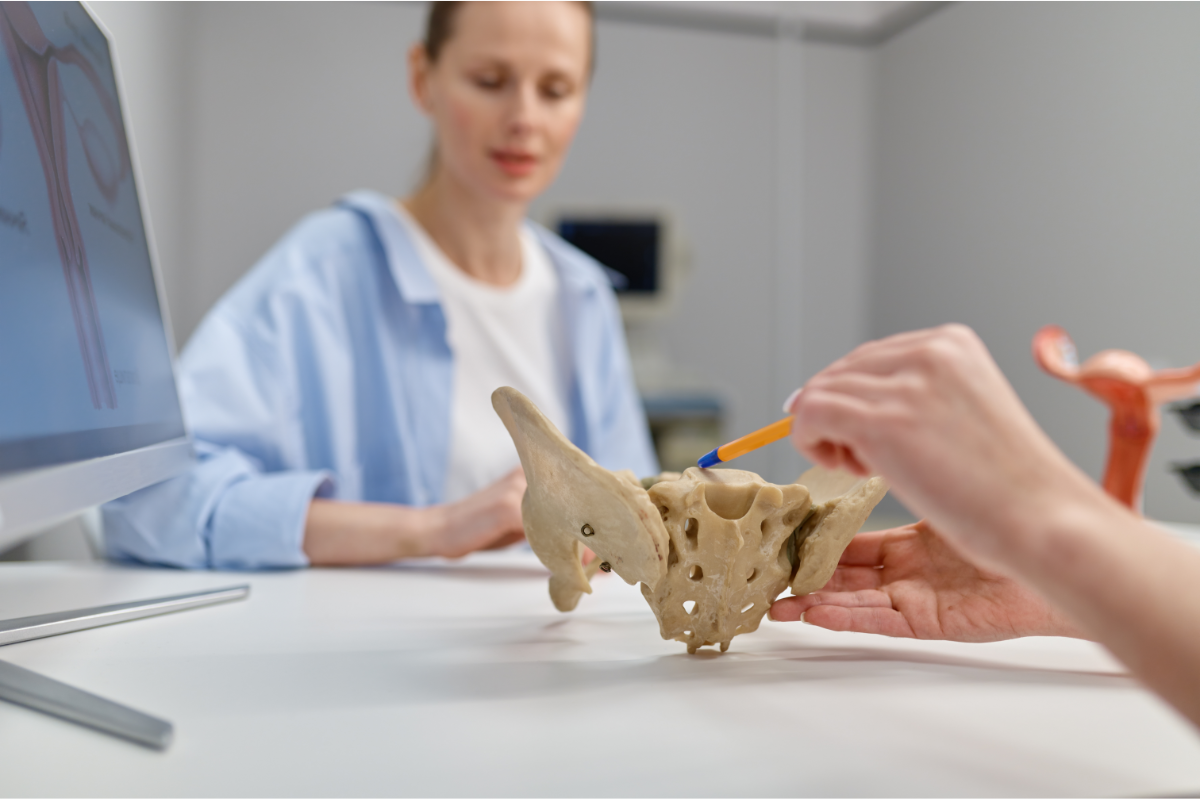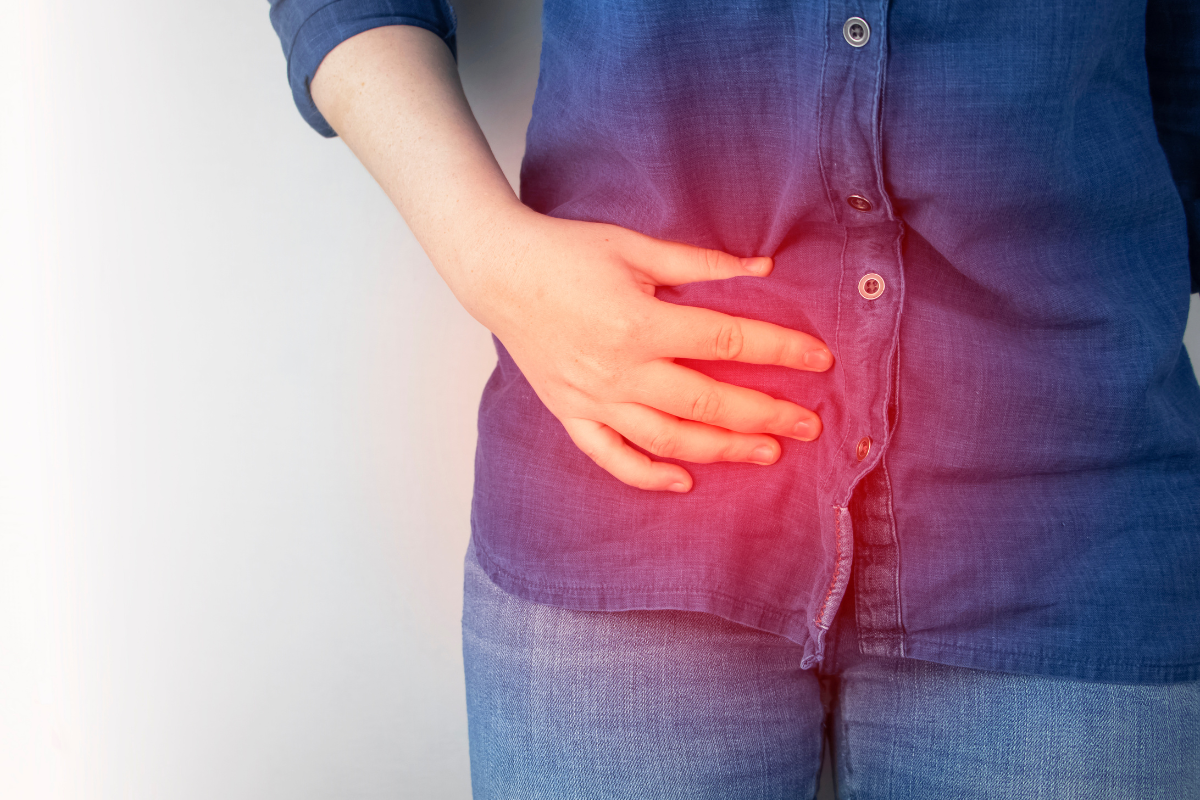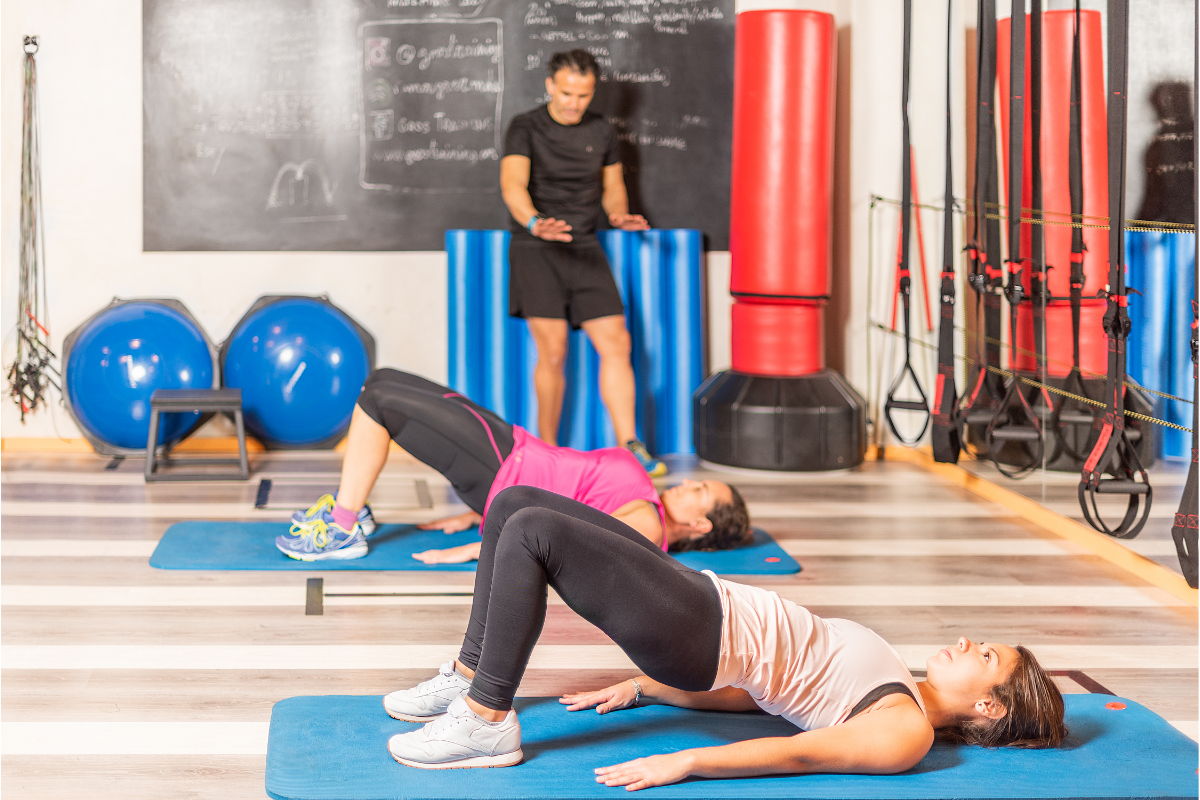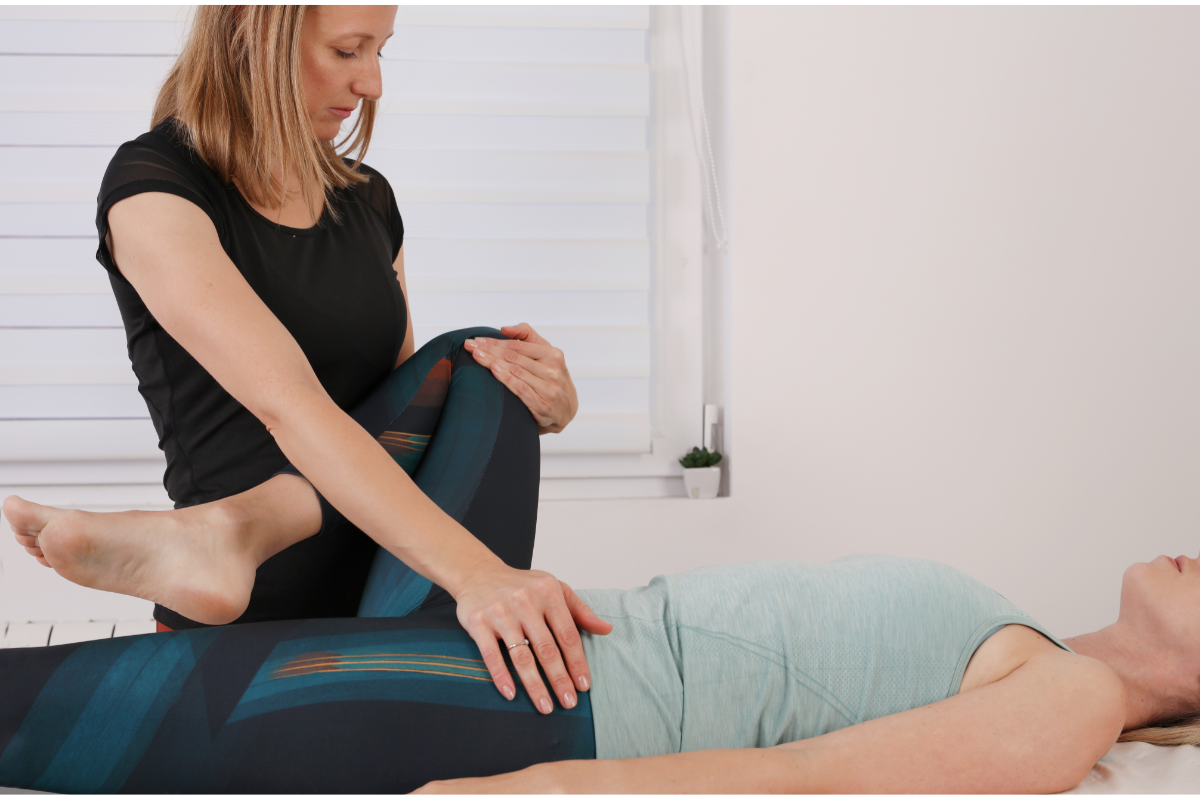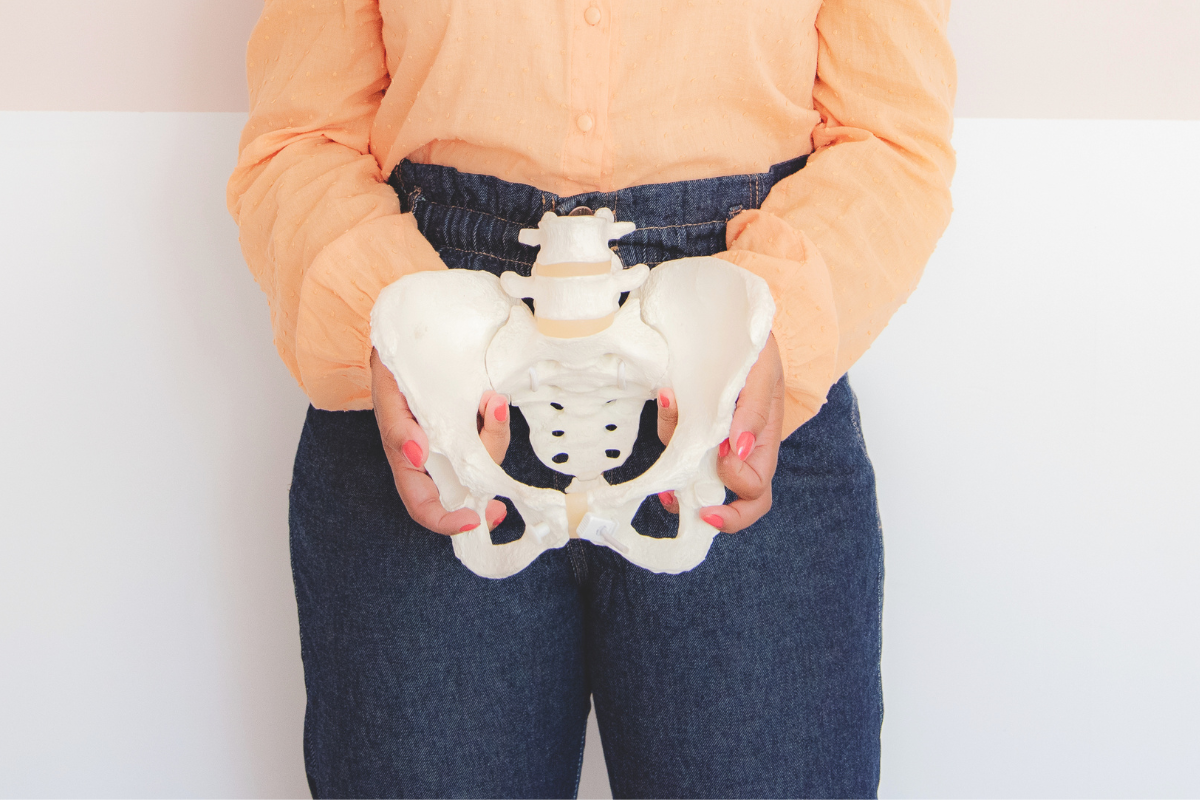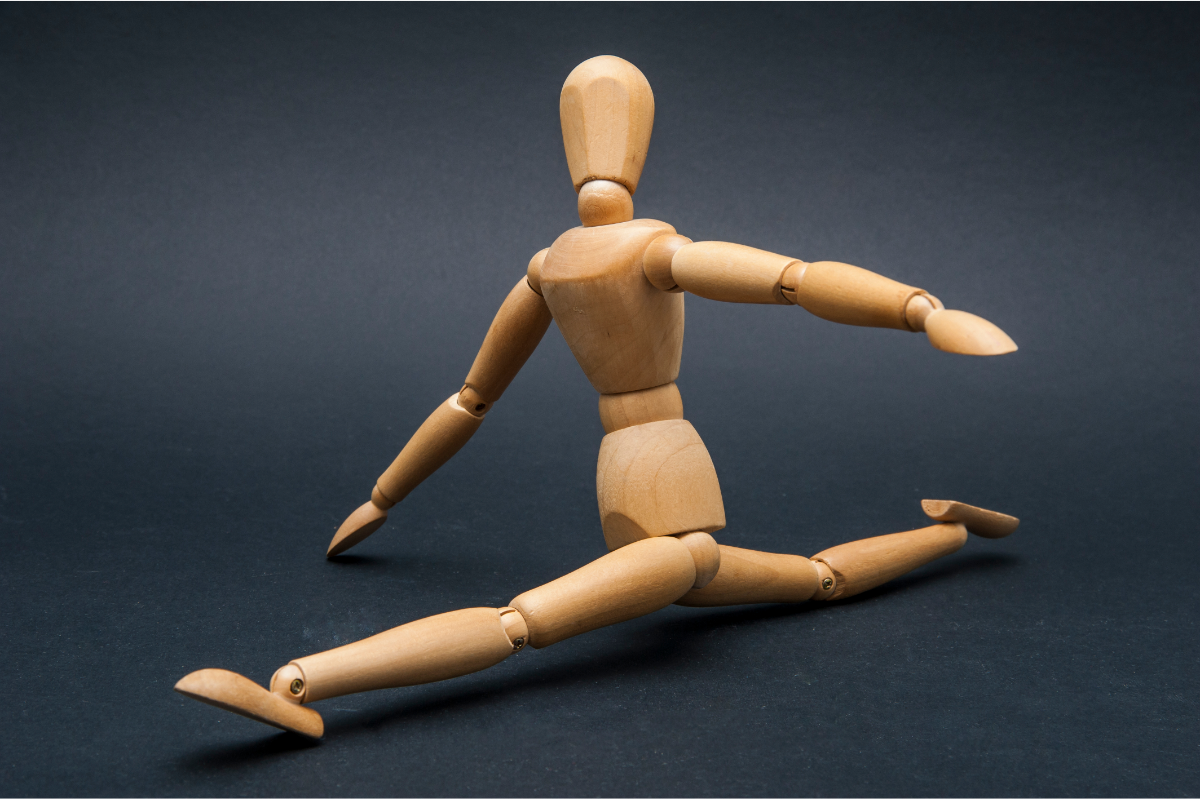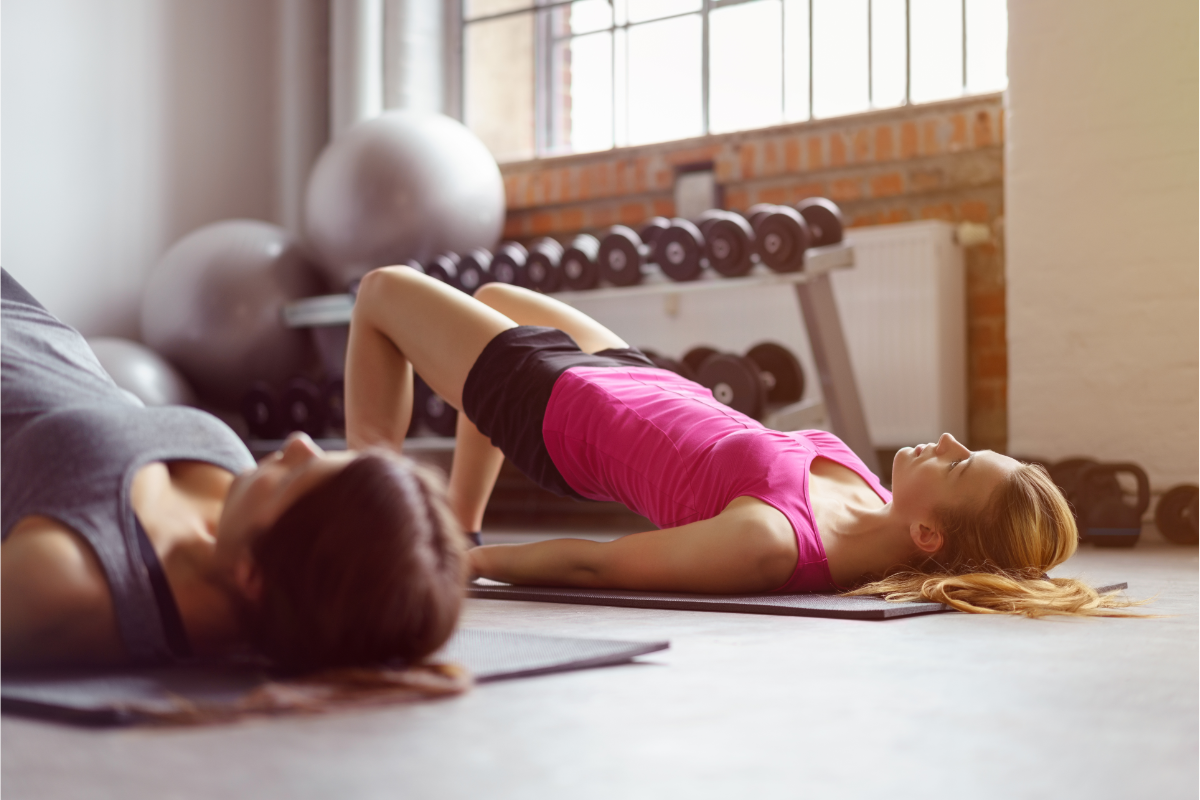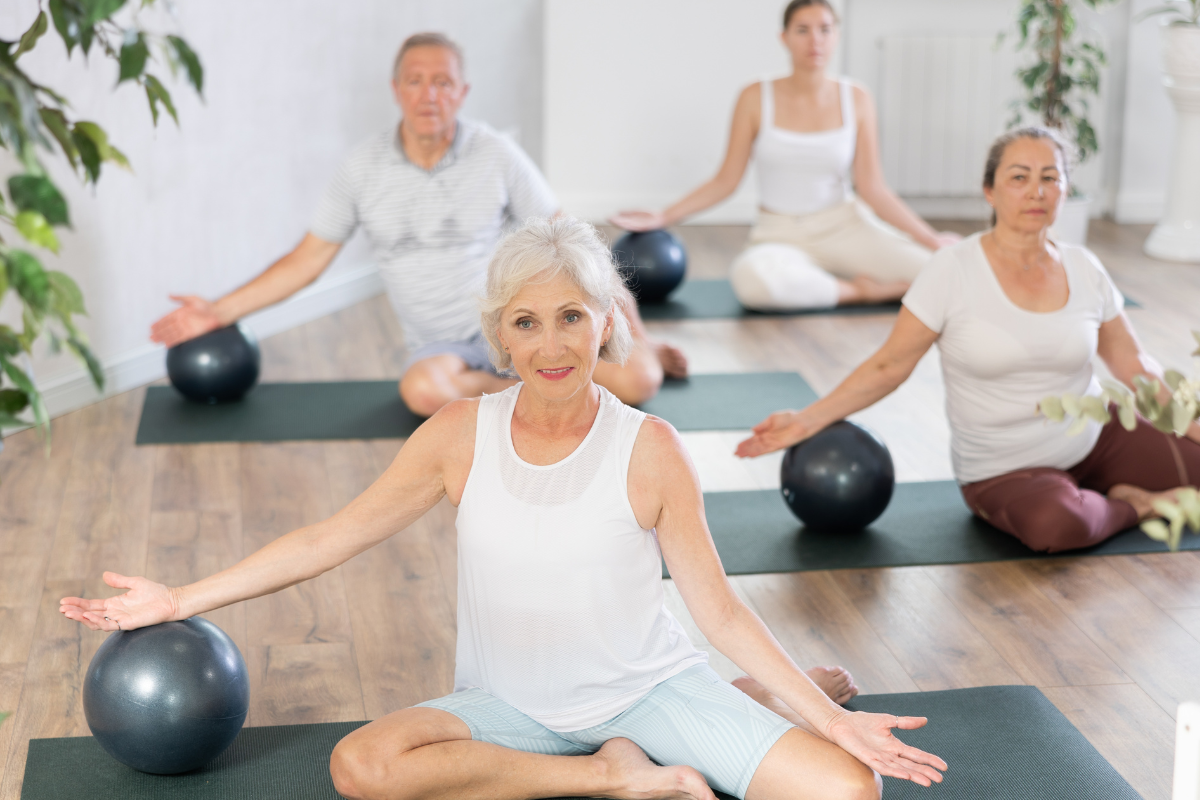Top 5 Benefits of Pelvic Floor Exercises for Elderly People
As individuals age, maintaining health and well-being becomes increasingly important. Among the various aspects of physical health, pelvic floor exercises stand out as a crucial practice, especially for the elderly. The pelvic floor, a group of muscles and connective tissues at the base of the pelvis, plays a vital role in supporting the bladder, bowel, and reproductive organs. Unfortunately, these muscles can weaken over time due to factors such as hormonal changes, prolonged inactivity, and the natural aging process.
Understanding the importance of pelvic floor exercises is essential for older adults, as these exercises can significantly enhance quality of life. They not only contribute to physical health by improving muscle strength and function but also offer emotional and psychological benefits. By engaging in regular pelvic floor exercises, seniors can experience a range of positive outcomes, including increased mobility, enhanced sexual health, and improved mental well-being.
In this article, we will explore the top five benefits of pelvic floor exercises specifically for older adults. By recognizing the role these exercises play in overall health, seniors can empower themselves to lead more active, fulfilling lives. As we delve into the details, we will also provide practical insights and tips for incorporating these exercises into daily routines, ensuring that seniors can enjoy the myriad advantages they offer.
1. Strengthening Muscles and Preventing Incontinence
Pelvic floor exercises, commonly known as Kegel exercises, are designed to strengthen the muscles that support the pelvic organs. For older adults, these exercises are particularly beneficial in preventing and treating urinary incontinence, a condition that affects many seniors. As the pelvic floor muscles weaken, the risk of involuntary leakage during activities such as coughing, sneezing, or exercising increases.
By regularly practicing pelvic floor exercises, seniors can significantly enhance muscle strength and control, leading to improved bladder function. Research has shown that consistent engagement in these exercises can reduce the frequency and severity of incontinence episodes. For many older adults, this improvement can restore confidence and promote a more active lifestyle without the fear of unexpected leakage.
2. Improvement of Sexual Health
Pelvic floor exercises also play a pivotal role in enhancing sexual health and satisfaction for older adults. Strong pelvic floor muscles can lead to improved sexual function, including increased blood flow to the genital area, heightened sensitivity, and stronger orgasms.
Moreover, these exercises can help alleviate discomfort during intercourse, which may occur due to decreased estrogen levels or vaginal atrophy. By incorporating pelvic floor exercises into their routine, seniors can enjoy a more fulfilling sexual experience, ultimately enhancing their overall quality of life. Acknowledging the importance of sexual health in aging is vital, and pelvic floor exercises can serve as a practical solution.
3. Support for Mobility and Balance
The benefits of a strong pelvic floor extend beyond bladder control and sexual health; they also contribute to improved mobility and balance. A robust pelvic floor supports core stability, which is essential for maintaining proper posture and preventing falls—one of the leading causes of injury among older adults.
Engaging in pelvic floor exercises not only strengthens these critical muscles but also fosters better coordination and balance. Research indicates that seniors with strong pelvic floor muscles are less likely to experience falls, enabling them to maintain independence and engage more confidently in daily activities. This holistic approach to health underscores the interconnectedness of various muscle groups in supporting an active lifestyle.
4. Relief from Prolapse Symptoms
Pelvic organ prolapse, a condition where pelvic organs slip out of place due to weakened pelvic floor muscles, can significantly affect an older adult’s quality of life. Symptoms may include pelvic pressure, urinary issues, and discomfort during physical activities. Fortunately, pelvic floor exercises can help alleviate these symptoms by strengthening the supporting muscles, thus providing better structural support for the organs.
Regularly practicing pelvic floor exercises can lead to significant improvements in the severity of prolapse symptoms, allowing seniors to enjoy greater comfort and freedom of movement. Many healthcare providers recommend these exercises as a first-line approach for managing prolapse, often in conjunction with other treatments or lifestyle changes.
5. Psychological and Emotional Benefits
Lastly, the impact of pelvic floor exercises extends into the psychological and emotional realms of well-being. Engaging in regular physical activity, including pelvic floor strengthening, can lead to improved mood, reduced anxiety, and enhanced overall mental health.
For older adults, maintaining a sense of control over bodily functions—such as bladder control and sexual health—can significantly boost self-esteem and reduce feelings of shame or embarrassment associated with incontinence or other pelvic health issues. Additionally, the social benefits of improved sexual health and mobility can foster deeper connections with partners and friends, further enhancing emotional well-being.
In summary, the practice of pelvic floor exercises offers a multitude of benefits for older adults, ranging from physical improvements in strength and balance to psychological enhancements in confidence and emotional health. By integrating these exercises into their daily routines, seniors can empower themselves to lead more active, fulfilling lives.
In summary, pelvic floor exercises provide a wide array of benefits that are particularly significant for older adults. From strengthening muscles to preventing incontinence, enhancing sexual health, and supporting mobility and balance, these exercises play a crucial role in improving overall quality of life. Additionally, the relief from prolapse symptoms and the psychological benefits associated with increased confidence and emotional well-being underscore the importance of these exercises in the aging population.
As we age, it becomes vital to prioritize our health and well-being. Incorporating pelvic floor exercises into a regular fitness routine is not only a proactive step toward maintaining physical health but also an essential practice for fostering emotional resilience and independence. Whether performed at home, in a group setting, or guided by a healthcare professional, these exercises can easily be adapted to suit individual needs and fitness levels.
For older adults, it is never too late to start. Even small, consistent efforts can lead to significant improvements in health and quality of life. We encourage you to make pelvic floor exercises a part of your daily routine, seek guidance from healthcare professionals if needed, and embrace the empowering journey toward better pelvic health. With commitment and perseverance, you can unlock the numerous benefits that pelvic floor exercises offer, enhancing your overall well-being as you navigate the golden years of life.

I’m Hillary Swan, a certified fitness trainer specializing in women’s health and pelvic floor strength. I’m passionate about empowering others to improve their core wellness through targeted exercises. Let’s strengthen our bodies together for a healthier, more confident life.

